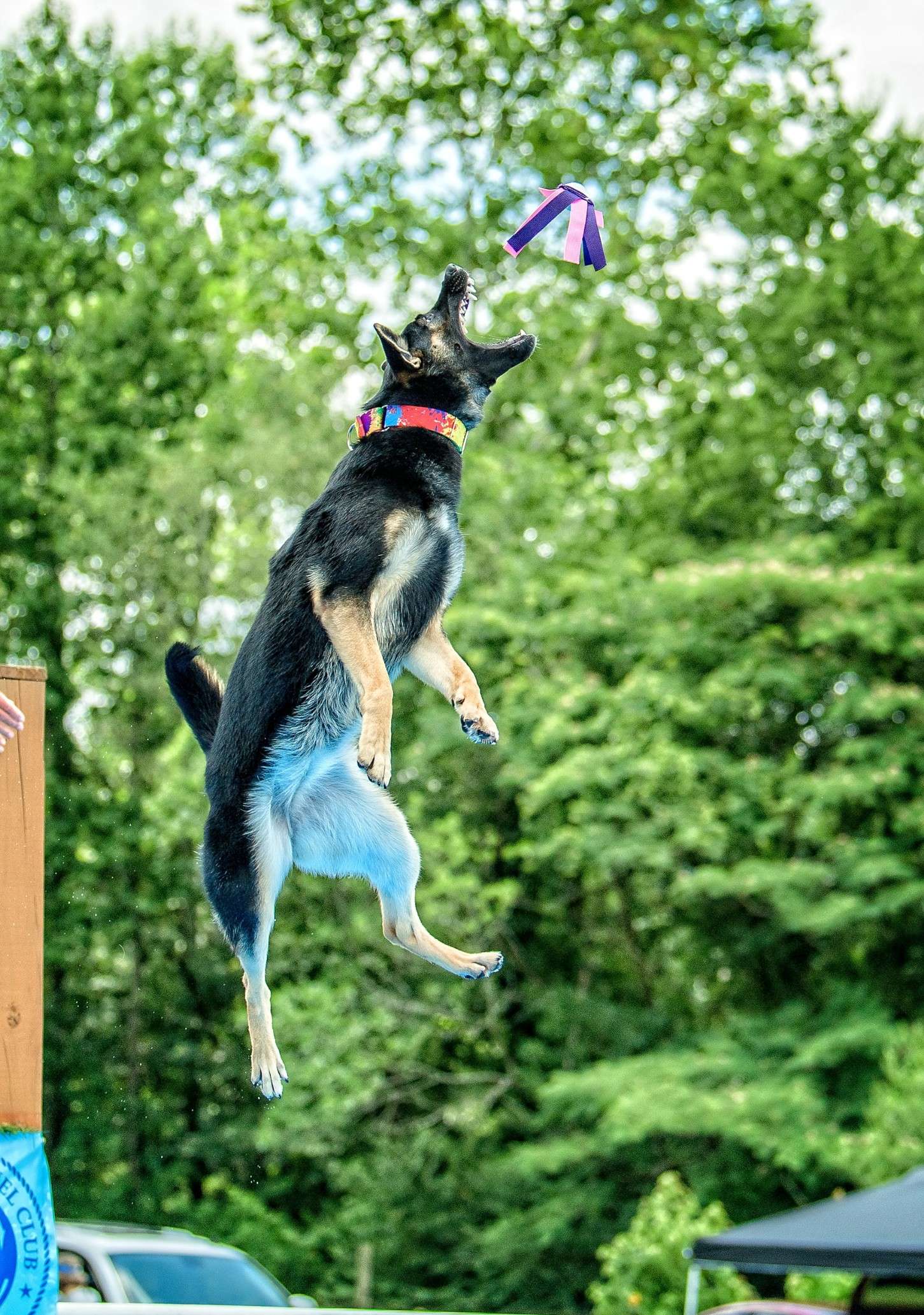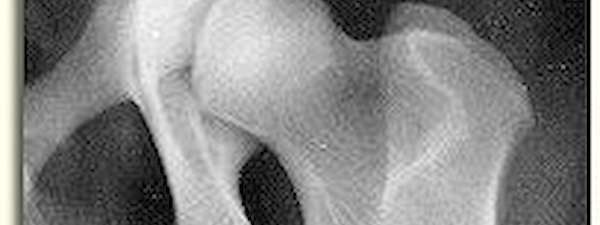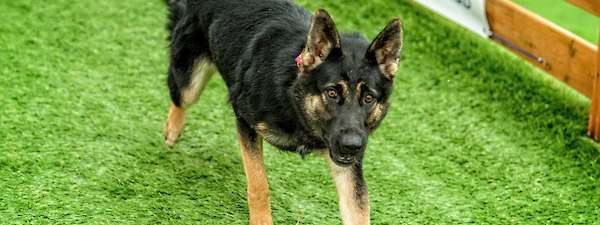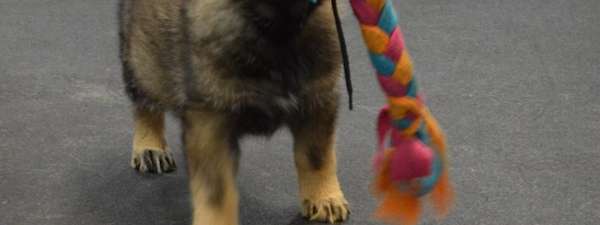
Living with a high prey drive dog
Picture in your mind an English field line Labrador Retriever enthusiastically returning his master's downed duck from a marsh in a Canadian province. Or conjure up a young Border Collie intensely working sheep on a farm in the American west, insuring that the farmer's flock make it safely back to the corral at the end of the day. These dogs serve well the purpose for which it was bred, and it can retire at night to the company of its master and a relaxed evening at home.
Now picture the same two dogs in different scenes. Take the Lab from the side of his hunting companion and the Border Collie from the farm and move both to the suburbs. Now the dogs live with owners who work long hours in an office and have kids to haul to soccer, band practice, and school functions. Chances are neither the owners nor the dogs will have many relaxed evenings at home. Instead, the combination of owners' long hours, hectic schedule, and lack of quality time for the dog mixed with the dogs' ever-increasing high energy level will result in a long list of behavior problems that could ultimately frustrate the owner and send the dog searching for a new place to call home.
Ownership of a high energy or high drive dog has its benefits and drawbacks. Having a dog that is always ready to work can be very enjoyable for an active person who spends time with the dog and finds ways to release the energy. Avid duck hunters may use a Labrador Retriever to bring back downed birds just as they have done for hundreds of years. High drive European-bred working dogs such as German Shepherds, Rottweilers, and Belgian Malinois are brought into the US by eager schutzhund competitors, police departments, and working dog trainers because their hardiness, sound temperaments, physical structure, and high drives make them suitable for the work required. However, it's becoming increasingly common to find owners who have very little knowledge of the requirements when owning such a dog. As a result, they are paying the price and finding the drawbacks of owning such a dog.
All dog breeds were developed with a specific purpose in mind. The retrievers and terriers bred for sporting and the herding and working breeds all retain levels of the inherent drives that made them suitable for the tasks they were bred to perform. Acquiring a dog strictly for looks or image without taking these breed characteristics into account can lead to problems.
A dog with extremely high levels of pent-up energy can become difficult to live with. Destructive behavior occurs because the dog must vent his energy. Destructive chewing is the most common avenue for release of trapped energy. Chewing soothes the dog's adrenal system in much the same way a smoker's cigarette provides relaxation to its user. Digging stimulates the dog's curiosity and helps tire the dog as well. It is not unusual to observe bursts of energy where the dog runs in what appears to be a mad frenzy around the house, leaping over furniture, bowling over anything standing in their path, and generally creating chaos in the process. Dogs with too much stored energy may also bark too much. jump fences, or mouth human body parts.
Prevention is the best cure. Conscientious breeders of predictably high drive puppies carefully screen prospective buyers to determine if they can offer the puppy a suitable lifestyle. Such owners will have a fenced yard, ample time in their schedule to exercise the dog, the physical ability to handle the dog properly, and sufficient knowledge of the breed and its characteristics. Allowing a non-suitable buyer to obtain such a puppy could inevitably end in disaster. A wise breeder will refer non-suitable buyers to pet-quality breeders where high drive dogs are not so prevalent, discuss the possibility of a more suitable breed for the client, or discourage dog ownership of any kind for those clients who lack the lifestyle for owning a dog.
Those individuals who acquire a high drive dog through adoption or a private party should research the breed in the library, by talking to breeders and other owners, or by browsing the internet. Being informed helps prevent problems.





